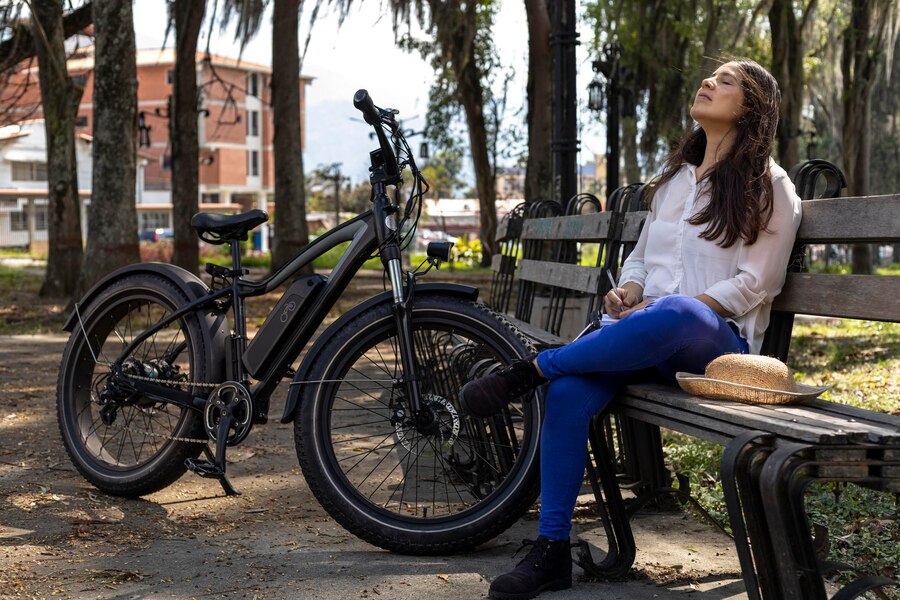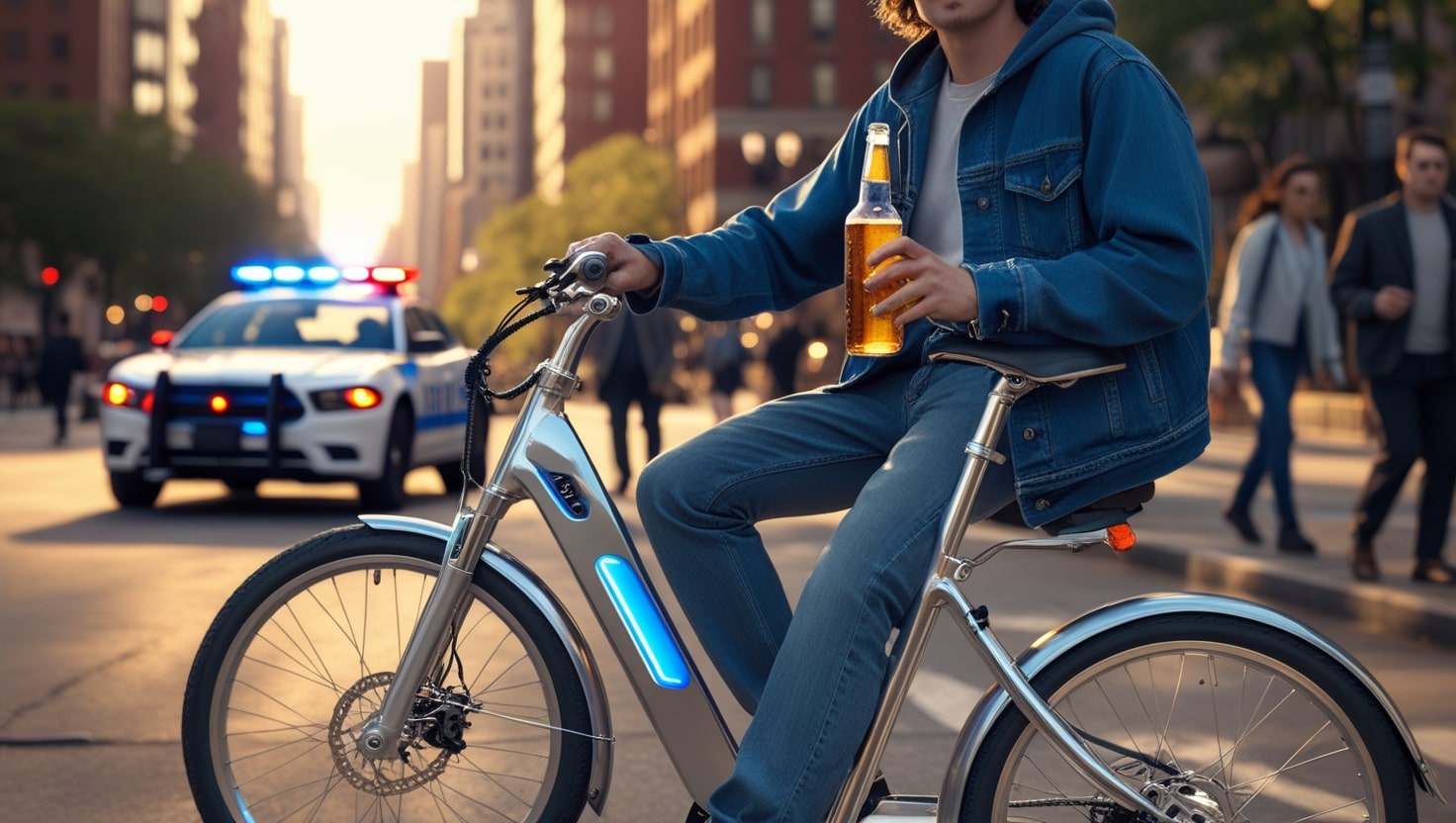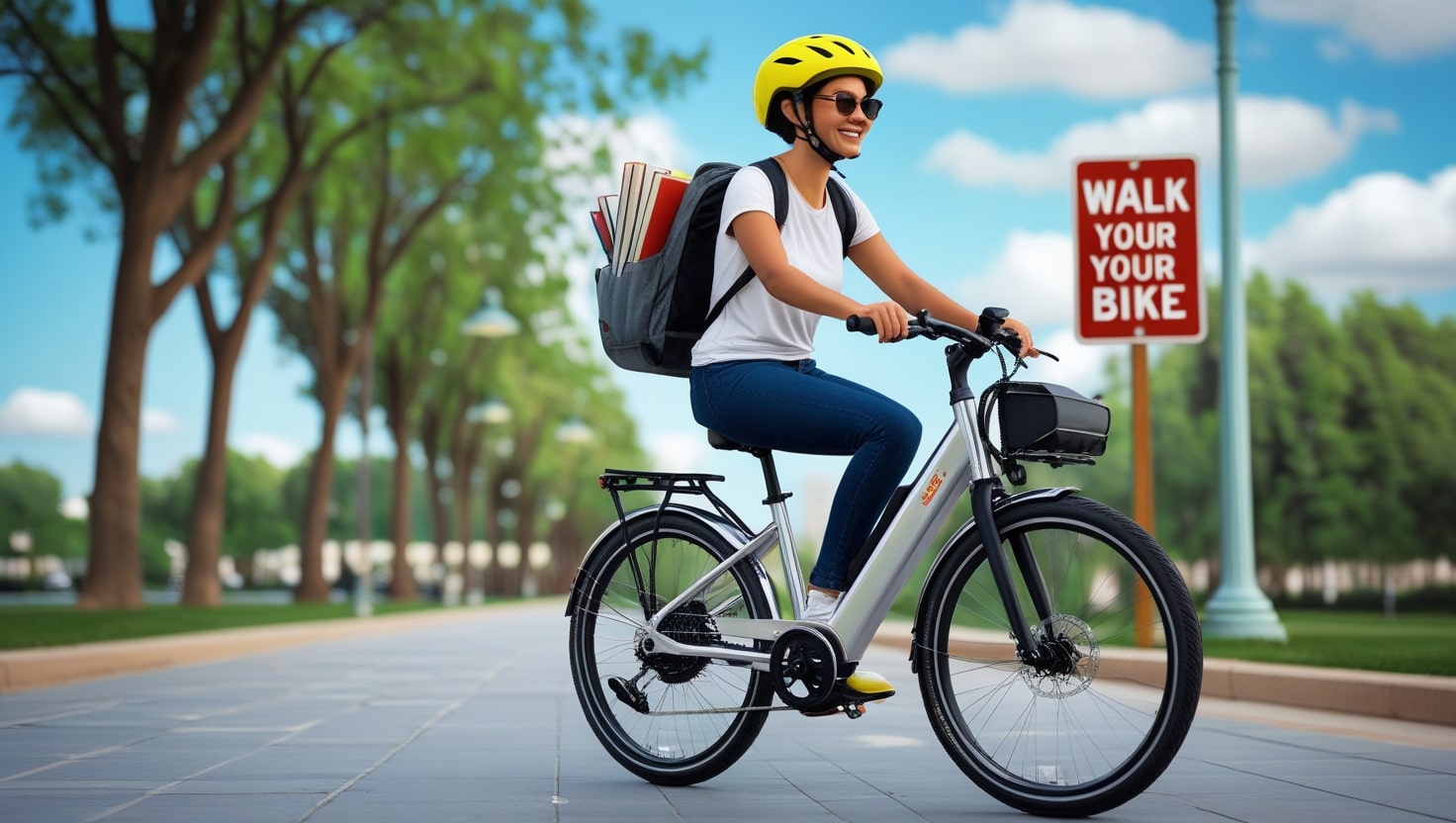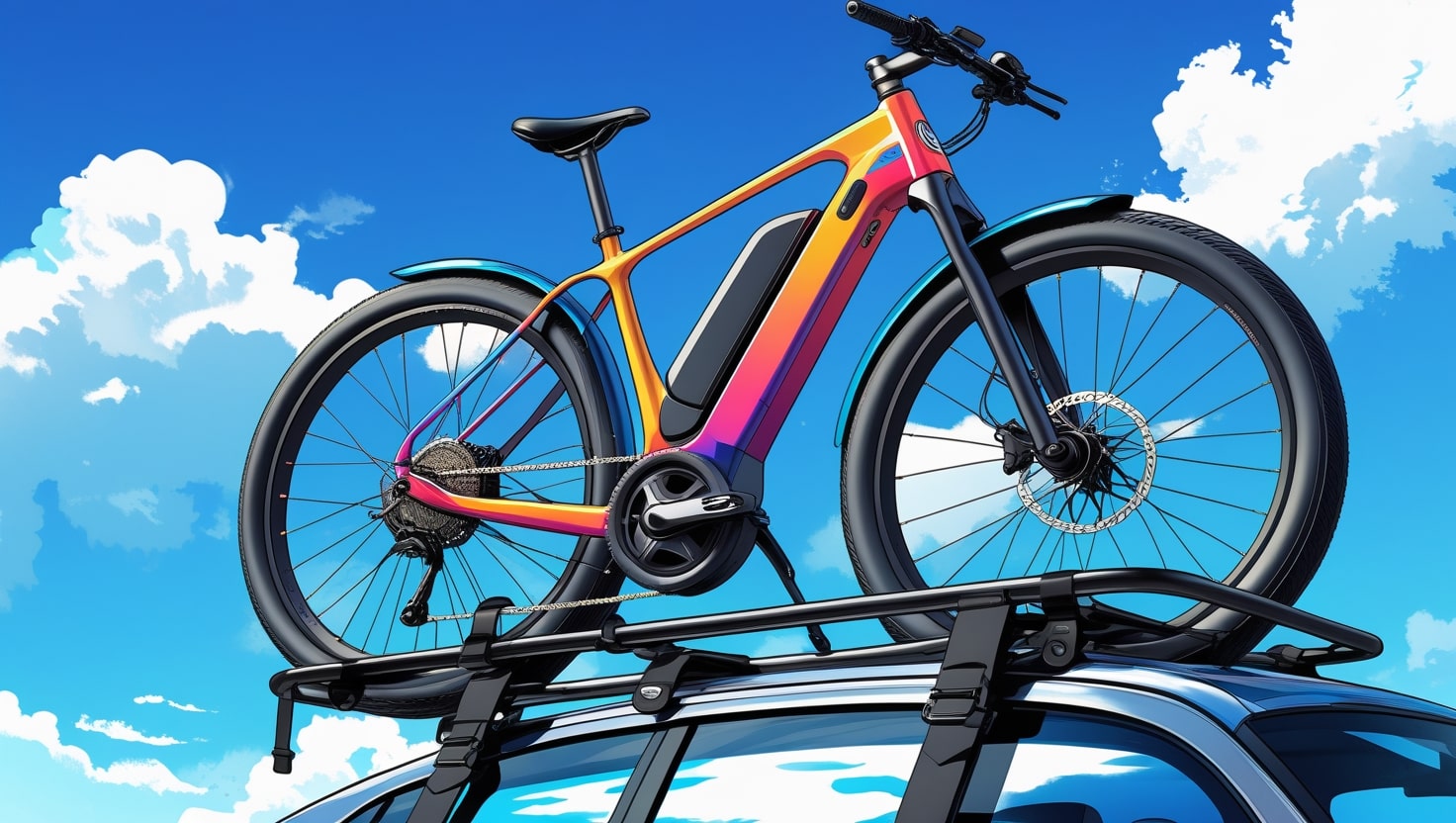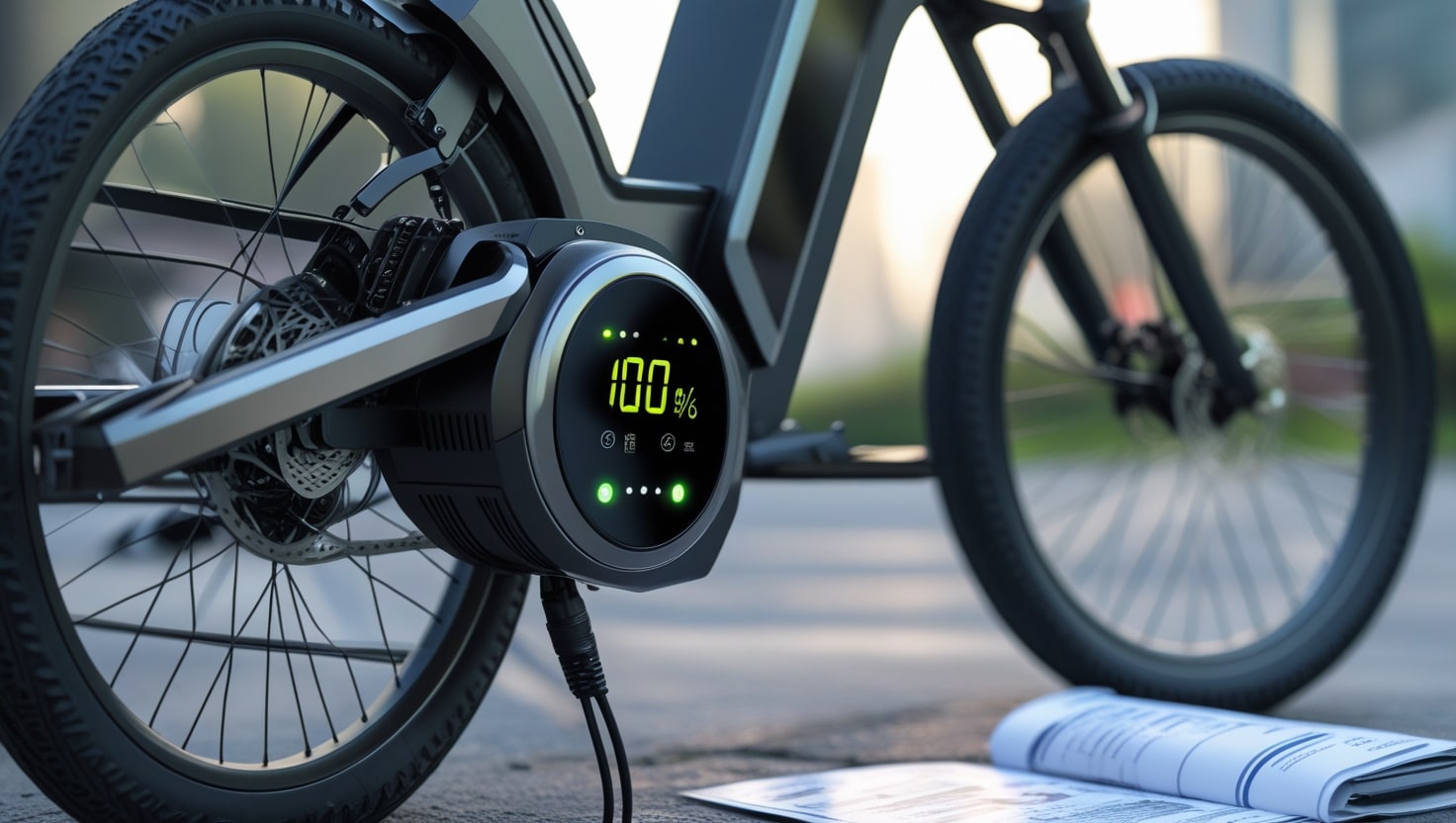Navigating Nevada electric bike laws is essential for anyone using eBikes in the United States. These innovative devices, often seen as equivalent to regular bicycles, come with unique responsibilities and rights under state regulations. With three distinct classes defined by law, it’s vital to understand the specific definitions that apply to your eBike.
Knowing which roads are acceptable to ride on ensures you follow legal standards while enjoying the ride safely. For loved ones who might rely on these bikes, it’s crucial to be aware of the steps to take in case of an accident and how to responsibly own and operate these versatile tools for various purposes.
Classes of eBikes
nderstanding the classes of eBikes is crucial for safely navigating Nevada electric bike laws. Each class is defined by its top speed, motor function, and how it interacts with the user. Whether you’re riding for leisure or commuting, knowing these rules will help you stay compliant with Nevada law.
- Class 1: An eBike in this category has a top speed of 20 mph, and the motor only works when the user is actively pedaling.
- Class 2: This class also features a top speed of 20 mph, but it comes with throttle assist, meaning the motor can engage even if the user stops pedaling.
- Class 3: These devices lack throttle assist and require pedaling to activate the motor, with a top speed of 28 mph.
According to Nevada law, any electric bike with an engine power rating over 750 watts or a top speed exceeding 20 mph might be considered a moped or motorbike. This makes it important to confirm your eBike’s classification before purchasing to ensure it meets the standard for bicycles under state rules.
NEVADA ELECTRIC BIKE LAWS FOR TRAILS
Understanding the rules for e-bikes on trails in Nevada is essential for anyone who enjoys outdoor adventures. The guidelines can vary depending on the managing authority, so knowing whether you’re on local, state, or federal lands will help ensure compliance with the appropriate agency.
- LOCAL: Check with your local land management agency for specific regulations on e-bikes in your area. Rules can differ depending on the terrain and management, making it essential to contact them for updated information.
- STATE: At Nevada State Parks, e-bikes are generally treated the same as traditional bikes. While the department does not formally distinguish between the two, it informally allows e-bikes wherever bikes are permitted. Always double-check with Nevada State Parks for the latest updates.
- FEDERAL: On federal lands, eMTBs are considered motorized vehicles and are limited to motorized trails. To learn more about specific access rules, reach out to the U.S. The Forest Service’s Intermountain Regional Office or the BLM’s Nevada State Office.
eMTB GUIDELINES
- On federal, state, county, and local trails, e-mountain bike (eMTB) access depends on the specific rules in place.
- Natural surface trails that allow both motorized and non-motorized uses are generally open to eMTBs.
- Some trails managed for non-motorized activities may not permit eMTBs, so always check the local rules.
- Avoid riding in areas where the regulations are unclear, and always ride legally on authorized trails to show that mountain bikers are responsible trail users.
- If in doubt, consult the local land manager for details about specific trails, as rules may change frequently.
GREAT eMTB RIDES IN NEVADA
- Rocky Gap Road in Summerlin offers an exciting 15-mile trail for adventurous riders looking to explore rugged terrains.
- The Beaver Dam Gravel Route near Caliente provides a scenic 35-mile journey, perfect for those who enjoy longer, more challenging rides.
License, Registration, and Insurance
In Nevada, riding electric bikes (ebikes) is refreshingly simple. Unlike motor vehicles, there’s no license, registration, or insurance required. This simplicity makes ebikes a stress-free and accessible option for people looking for a viable mode of transportation or recreation. Treated much like traditional bikes, they allow riders to feel the breeze without the bureaucracy, which helps encourage more individuals to consider ebikes as a fun and practical method of getting around.
Where Can You Ride?
Street Legal Electric Bike: All classes of ebikes are permitted on Nevada roads, provided they follow the same rules as traditional bicycles. This makes ebikes a convenient and eco-friendly way to navigate both urban and rural areas.
Singletrack and Trails: Trails and paths in Nevada allow ebikes, but local regulations may limit access in some areas. On certain singletrack trails, the laws require careful consideration of usage types. Riders should confirm whether asphalt or natural paths are open to their ebike to avoid complications.
State Lands: While Nevada State Parks do not have a formal eMTB policy, individual parks may allow non-motorized trail usage. For example, Lake Tahoe Nevada State Park permits ebikes on the Flume Trail and Tahoe Rim Trail (TRT) between Hobart Road and the park boundary at Tunnel Creek Road. However, access is restricted beyond the park. Spooner Lake State Park enforces a 20 mph speed limit for all bicycles to maintain safety.
Federal Lands: On federal lands managed by the U.S. Forest Service, eMTBs are treated as motorized vehicles and allowed only on designated motorized trails. For BLM-managed public lands, ebikes are permitted on roads and trails open to OHV usage. However, on trails designated for non-motorized travel, a BLM Manager must issue a written decision authorizing ebike use. Riders should check with their local field office for trail-specific rules.
Safety First
Nevada takes a thoughtful approach to regulating ebikes, prioritizing safety and respect for all road users. While helmets are not mandatory for riders over a certain age, they are strongly recommended, especially when riding Class 3 ebikes or traveling on busier roads.
Local Laws and Etiquette
While Nevada provides a general framework for electric bike laws, individual local jurisdictions may have stricter and more specific rules. These often involve access to mixed-use paths and trails, with limitations typically applied to Class 3 bikes due to their higher maximum speeds. From personal experiences, it’s always wise to check local ordinances before heading to a new area to ensure compliance with established guidelines.
The Future of Ebikes in Nevada
Nevada’s electric bike laws highlight a broader trend toward embracing sustainable and accessible forms of transportation. By integrating ebikes into the fabric of state regulations, Nevada not only acknowledges their growing popularity but also encourages their use as a practical and enjoyable way to explore the state’s diverse landscapes.
What to Do After an eBike Accident
If you are hurt in an electric bike accident, your priority should be to ensure your safety and gather information about the actions of the other driver involved. In Nevada, the fault rule applies to all vehicle accidents, including those involving bicycles and eBikes. This means you need to identify the party responsible for causing the incident and show the full extent of the damages you’ve suffered.
Much like a car accident, you have the right to file a claim against the at-fault driver’s auto insurance policy to recover damages. If the insurance coverage does not fully cover your losses, you can proceed with a personal injury lawsuit to seek additional compensation. These steps are essential for ensuring your recovery efforts are successful.
With an e-bike, bicyclists can ride more often, farther, and for more trips.
In many states, e-bikes are often misinterpreted as being governed by outdated laws originally designed for vehicles with combustion engines, such as mopeds and scooters. Organizations such as PeopleForBikes are actively working to clarify and modernize laws across the U.S.. Their objective is to ensure that low-speed electric bicycles are treated similarly to traditional, human-powered bicycles, making them more accessible and legally straightforward for riders.
Electric bicycles are thoughtfully designed to be just as safe as their traditional counterparts. They offer substantial benefits, especially for bicyclists who might feel discouraged from riding a regular bike due to limited physical fitness, age, or disability. Additionally, they provide unmatched convenience, enabling more people to ride longer distances, more often, and with greater ease, all without compromising consumer safety.
FAQs
Do I Need a License to Ride an eBike?
In Nevada, the state does not enforce licensing or registration requirements for eBikes that qualify as Class 1 or Class 2. You can ride these just like a normal bicycle, making them an accessible and easy option for transportation. However, Class 3 eBikes, which exceed the top speed of 20 mph, are virtually non-existent in the state due to stricter rules. It is important to understand the specifications of the different classes, as an eBike that exceeds these criteria could be classified as a scooter or motorbike, subjecting it to additional rules and regulations.
Are Electric Bikes Street Legal?
Nevada law permits eBikes and other motorized bikes to be used on most roads, provided the rider can keep up with the flow of traffic. Class 1 and Class 2 eBikes, which have a top speed of 20 mph, are allowed on roads with posted speed limits of 20 mph or lower. However, Class 3 eBikes, capable of reaching 28 mph, are restricted, as the state prohibits the use of electric bikes with speeds exceeding 20 mph.
Do You Need to Wear a Helmet on an Electric Bike?
Nevada does not enforce a statewide helmet requirement for electric bikes, but wearing an appropriate helmet is highly recommended. It can reduce the severity of a head injury in case of an accident. Studies show that a properly fitted helmet significantly lowers the risk of a fatal head injury, though it cannot completely prevent brain injuries.
What Are the Laws for Electric Bikes in the State?
For legal purposes, an eBike rider in Nevada has the same rights and responsibilities as a motor vehicle driver under state law. This includes the ability to occupy space in a lane of traffic as long as they can move with the flow of traffic. Other drivers must yield the right-of-way to the rider when appropriate. Additionally, eBikes are only allowed a top speed of 20 mph, ensuring safety for all road users.
Can I Sue for an eBike Accident?
If you are involved in an accident while riding your eBike and someone else is at fault, you have the right to file a civil claim, just like in any other vehicle incident. If you are unsure about the grounds for a claim, an experienced attorney can help determine your most viable options for legal recourse. Hiring the right legal expert can help you secure a fair settlement much faster than trying to manage it alone.
Can I ride my ebike on sidewalks and trails in Nevada?
E-bikes can be ridden in areas where traditional bikes are allowed, such as streets, highways, bike lanes, bicycle paths, and shared-use paths. However, local governments may restrict their use on certain specific trails or paths. To avoid issues, always check the rules and regulations for the area you plan on riding in.
How can I find out if a specific trail allows ebike access in Nevada?
If you need information about e-bike access on specific trails in Nevada, it is advisable to contact the local land management agency that is responsible for the trail.
Wrapping it Up
As Nevada continues to evolve its approach to transportation, eBikes showcase the state’s commitment to innovation, sustainability, and the pure enjoyment of riding. Whether you’re navigating the vibrant streets of Las Vegas or recreating in the desert of Red Rock Canyon, knowing the e-bike laws ensures your ride is both safe and enjoyable, no matter the reason. Familiarizing yourself with these rules allows you to embrace the freedom and fun that comes with riding in Nevada.

